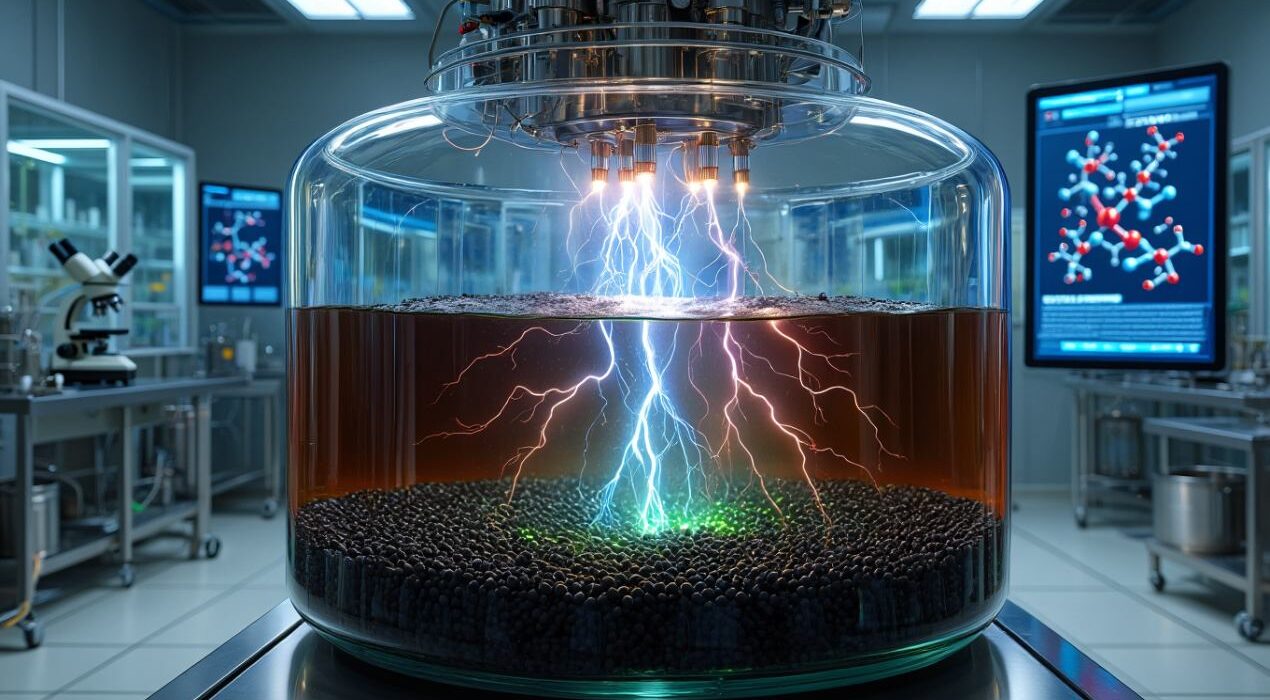Biochar, long recognized as a water purifier, has revealed a surprising new ability that could revolutionize global clean water efforts. Traditionally, biochar has been seen as a sponge-like material that adsorbs pollutants or, in advanced systems, acts as a catalyst alongside chemicals such as hydrogen peroxide. But new research led by Dr. Yuan Gao at Shenyang Agricultural University shows biochar can go far beyond trapping toxins—it can actively destroy them on its own.
The secret lies in direct electron transfer. By moving electrons directly to pollutants, biochar breaks them down without external chemicals. Laboratory tests confirmed that this process accounts for up to 40% ± 10% of pollutant removal. This means biochar isn’t just capturing contaminants—it’s eliminating them with built-in “electron power.”
Not all biochar performs equally. The study identified three key factors that enhance its degradation ability:
Functional groups like C–O and O–H, which act as electron transfer “anchors.” Graphitic carbon structures that serve as electron “highways” for faster reactions. Strong structural stability, allowing biochar to keep its power even after multiple reuse cycles.
Dr. Gao emphasized the significance: “Biochar has been underestimated. It’s not just a sponge — it’s a battery, a conductor, and a degrader all in one.”
This discovery could transform wastewater treatment by reducing reliance on chemicals, lowering costs, minimizing sludge, and offering a greener, more sustainable path forward. By clarifying the differences between adsorption, direct degradation, and catalytic processes, the research opens the door to next-generation biochar designs tailored for real-world environmental challenges.
With industrial pollution still a pressing global issue, this breakthrough signals the start of a new era where biochar acts as an “electron-powered eco-warrior” for cleaner water and healthier ecosystems worldwide.
Biochar Breakthrough: The Electron-Powered Future of Clean Water






